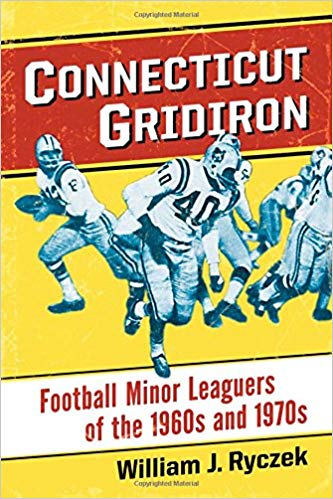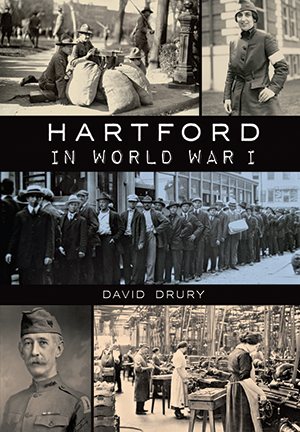 Today’s ceremonial groundbreaking for the renovation of Dillon Stadium put me in mind of the Hartford Knights, the minor-league football team that played there in the late 1960s and early 1970s. I was nine years old when my father brought me to Dillon for the September 5, 1970 game against the Indianapolis Capitals. I don’t remember much of the game action, but I vividly recall an incident that put the game in the news: a bomb threat that prompted a temporary evacuation of the stands. All 5,000 or so of us were led onto the field, where we milled around with the players and coaches. Soon, we had cleared spaces to watch players toss footballs around–with fans as well as each other. Everyone was smiling, enjoying the novelty of the moment and (seemingly) not taking the scare very seriously. Maybe at that point in the era, bomb scares were taken in stride.
Today’s ceremonial groundbreaking for the renovation of Dillon Stadium put me in mind of the Hartford Knights, the minor-league football team that played there in the late 1960s and early 1970s. I was nine years old when my father brought me to Dillon for the September 5, 1970 game against the Indianapolis Capitals. I don’t remember much of the game action, but I vividly recall an incident that put the game in the news: a bomb threat that prompted a temporary evacuation of the stands. All 5,000 or so of us were led onto the field, where we milled around with the players and coaches. Soon, we had cleared spaces to watch players toss footballs around–with fans as well as each other. Everyone was smiling, enjoying the novelty of the moment and (seemingly) not taking the scare very seriously. Maybe at that point in the era, bomb scares were taken in stride.
Andrew Crossley’s excellent blog about minor-league sports franchises, Fun While It Lasted, has a great entry on the Knights. Then there’s “Connecticut Gridiron: Football Minor Leaguers of the 1960s and 1970s,” a book by William J. Ryczek that confirmed my memories of the bomb-scare game. (See page 240.)

